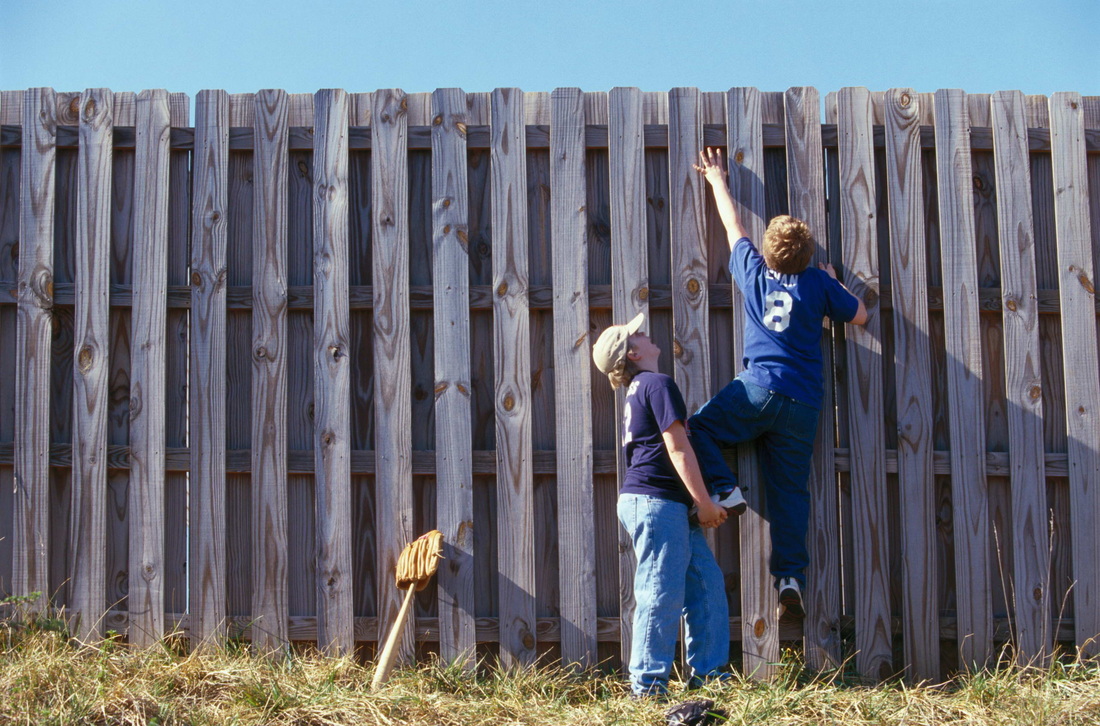Those of us not imprisoned by the “justice” system appear to want to do so voluntarily, if the numbers of suburban residences completely enclosed behind 2.2 metre-high fences is anything to go by.
What’s all that about? A nice new property a couple of blocks away from home has just had a concrete block perimeter wall erected around it, probably about 3 metres high. I’m now waiting for the coiled razor wire to be added at the top and for a Department of Corrections sign to be affixed. It looks horrible and will be a constant target for the skulkingly illiterate taggers of Khandallah.
Is it privacy occupants seek behind high walls?
I suppose some folk haven’t heard of lace curtains or perhaps they really do like staring into the back of a wall. Given the current climate of concern for the mental health of battery chickens, I wonder how long it takes before a political force emerges to break down suburban walls, liberating free-range people?
Or do fenced people want to stop their unsupervised dogs and kids wandering around the neighbourhood?
Australian capital Canberra prohibits the construction of fences between properties. Suburban America appears noticeably devoid of such structures too. This attribute improves the attractiveness of these communities, well to my eyes it does. Canberra residents and their American counterparts must have kids and pets, yet have found ways of preventing them wandering that don’t involve large physical barriers. The USA is also the most incarcerated country In The World, but doesn’t seem to have been afflicted with the desire to enclose house sections to the extent that New Zealanders have.
Or is it some other form of protection people are seeking behind walls?
Posher residences have more prestigious fences and secured access systems to keep the riff raff away. Electronic access key systems and electric opening and closing systems obviate the need to get out of one’s car, fumble with latches or padlocks and physically open a gate, which must be hell when it’s raining. People incarcerated in such facilities clearly have no understanding of Trick or Treat seasonal door knockers, have never eaten a Girl Guide biscuit, loaned their neighbour a litre of lawnmower fuel or been urged to let the God of Utah come in and bless their house.
A casualty of all these physical barriers has to be that sense of community spirit and belonging to a place – a spirit I thought was supposed to be important to people. Neighbours look out for each other, well they do where I live and where I grew up. I’ve never lived in a gated community so don’t know what goes on inside. I struggle to see how being shut away can have any value other than perhaps protecting one’s stuff.
I’m waiting for a reality-based television series to appear so I can find out more about self-imprisonment. That series could be called “Porridge” or perhaps “Bad Girls”. “Prison Break” wouldn’t work because it implies that the residents, even if they were heavily tattooed, wanted to get out, which clearly isn’t the case.

 RSS Feed
RSS Feed